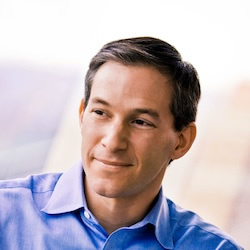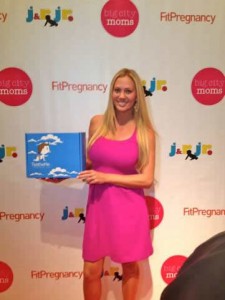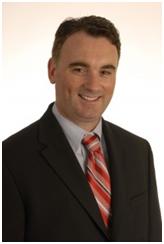“Effective Executive” Series with Shelli Trung, Founder of 3Six5Dates.com
This week’s “Effective Executive” interview is with Shelli Trung, Founder of reality date-a-thon website, 3six5dates.com. The social experiment follows the adventures of four women in four international cities, all going on about 100 dates each, within one year. Shelli was recently listed as one of Australia’s Top 10 female startup entrepreneurs, and is frequently quoted in the media on Marketing and Branding for startups. She is currently located in New York, discussing partnership opportunities to grow 3six5dates – including turning the dating stories into comics and animations.
How did you come up with the concept of 3six5dates?
I had set myself a goal at the age of 25 to have started my own business by the age of 30. With this in mind, I started researching the range of businesses that would suit the lifestyle I wanted. I knew I wanted to create something fun that would not tie me to a specific location. I love storytelling and was specifically inspired when watching Nora Ephron’s “Julie and Julia,” which is about a woman who cooks through all of Julia Child’s recipes in one year while simultaneously blogging about it. I combined this curiosity with the gap that I felt the TV series “Sex and the City” left behind when it finished up. I didn’t want the voice of the mature, professional, single woman to fade into the background. 3six5dates is an attempt to fill that gap in some way.
As someone who is passionate about female entrepreneurship, can you provide some ways that women can empower themselves and embrace entrepreneurship?
Regardless of whether you are male or female, going out on your own is exciting but can also be scary. Historically, women have let men lead the charge. However, I am seeing more and more women stepping up to the challenge, which is uplifting.
Women need to recognise that their unique talents – such as being excellent relationship builders, natural multi-taskers and the simple fact that women make more purchasing decisions than men – to be great assets to starting a business. The key thing that has really made the difference for me, is to go out and get your support system if you are not surrounded by other entrepreneurs. I certainly wasn’t when I started! But it is this single reason alone that has sustained me through the tougher moments – and there will be plenty of those. Learning to ask for help is another key factor. Women tend to think they can do it all – but they should realise that they don’t have to! Burning out is the fast track to wanting to give up!
Can you tell our audience about any obstacles you faced when creating your Company and how you overcame those obstacles?
At one stage, we were trying to work on 10 projects at the one time and not completing any of them. It was definitely a lack of focus – trying to do too much and accomplishing nothing. We instead now concentrate on – and are committed to delivering – three larger project outcomes every quarter.
How do you manage your busy team of volunteers and what tools have you found to be effective on a day-to-day basis?
I can work pretty much anywhere there is an internet connection. Being a virtual team does come with its unique challenges. We make use of a lot of online tools – many of them free.
We run all our meetings and training through Skype, which allows us to share one another’s computer screens – extremely useful for design work.
All our files are shared on Dropbox and we are also heavy users of Evernote to keep track of tasks. To minimize the number of emails we send one another, we have a 3six5dates private group to relay any team announcements.
Most of my team, including myself, have their emails feed into their phones which has been a great time saver.
As the sole founder of your Company, how do you keep up with the everyday demands?
I have a wonderful team who are very supportive and make me feel like a superstar so I don’t feel like a solo founder!
I think running any business effectively and ensuring you are leading and driving the vision – as opposed to working ‘in’ it – requires that you automate and delegate as much as possible. This means equipping, empowering and trusting your team once they are trained.
What is next for you for the remainder of 2012?
3six5dates has spent the last six months developing strategic partnerships with dating organizations in the US. We have and will continue to roll out cross-promotional activities with them, including comics and animations.
In addition, I am working on launching another startup in Australia called MenuHub with a good friend and co-founder. As the name suggests, it is food-related and early testing has shown extremely positive results so far. I am excited about this new challenge!
The rest of the year looks to be full of possibilities!





 This week’s “Effective Executives” interview is with
This week’s “Effective Executives” interview is with 



